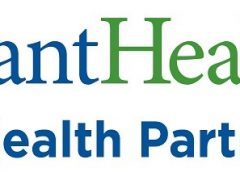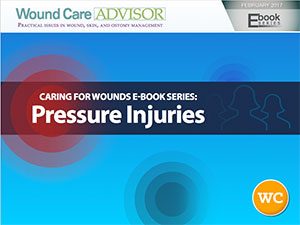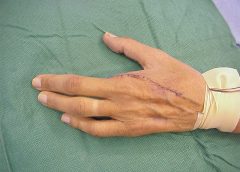LUBBOCK, TX (NEWS RELEASE) – The Covenant Center for Wound Care & Hyperbaric Medicine has been honored as a Wound Care Center® of the Year by Healogics, Inc., the nation’s leading and largest wound care management company. The center also was awarded Center of Distinction and the President’s Circle Award.
The center has achieved patient satisfaction rates higher than 92 percent, a healing rate of at least 91 percent in less than 31 median days and healed almost 90 percent of its patients in less than 14 weeks. Out of the 630 Centers eligible in 2016, only seven centers across the country received this prestigious award. Covenant’s center was awarded as Center of the Year for the southwest region, which includes Texas, Oklahoma, Louisiana and New Mexico. (more…)
Read More








